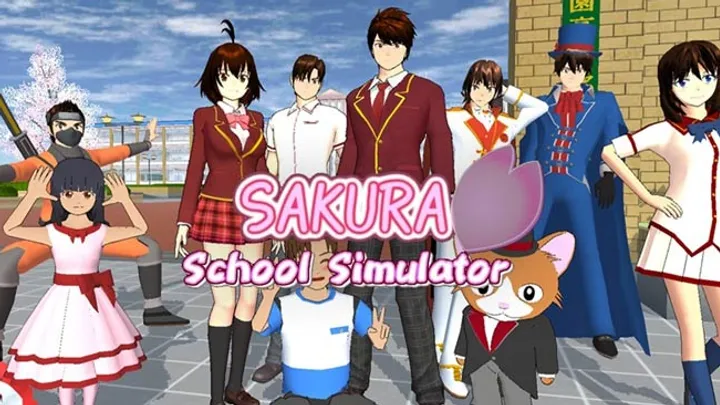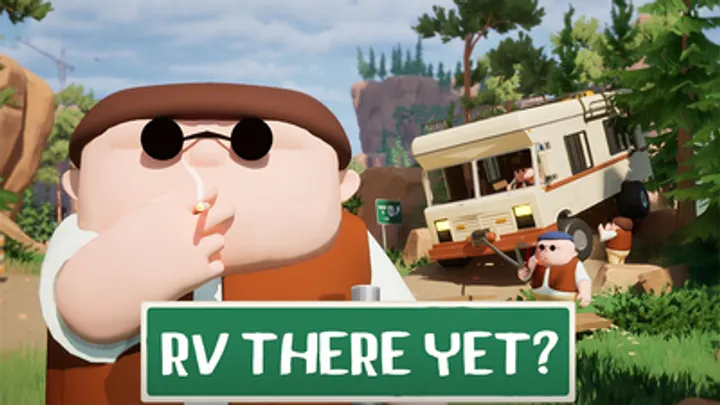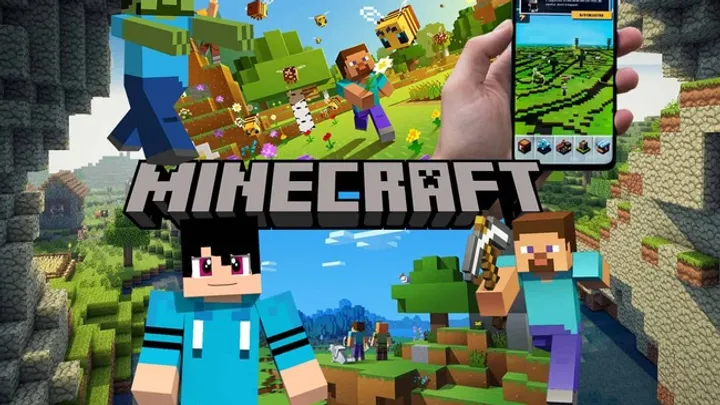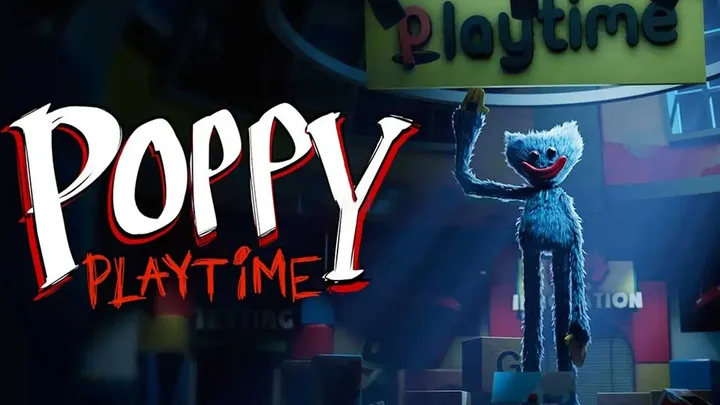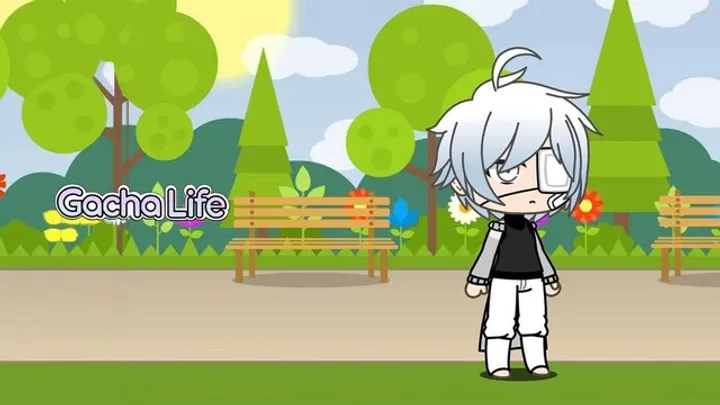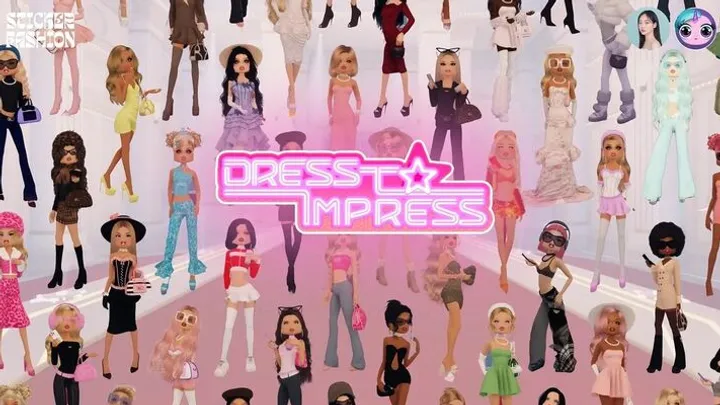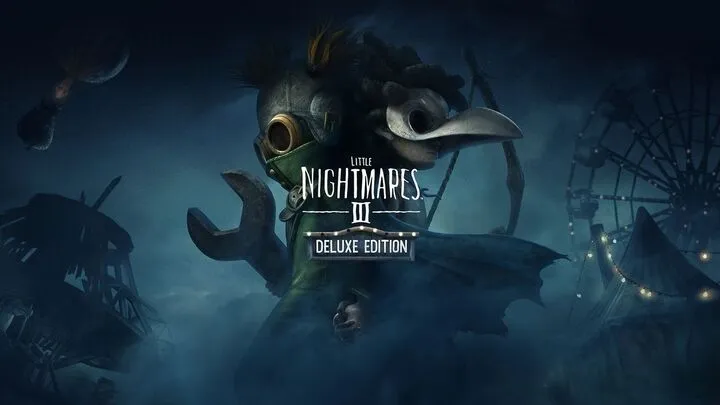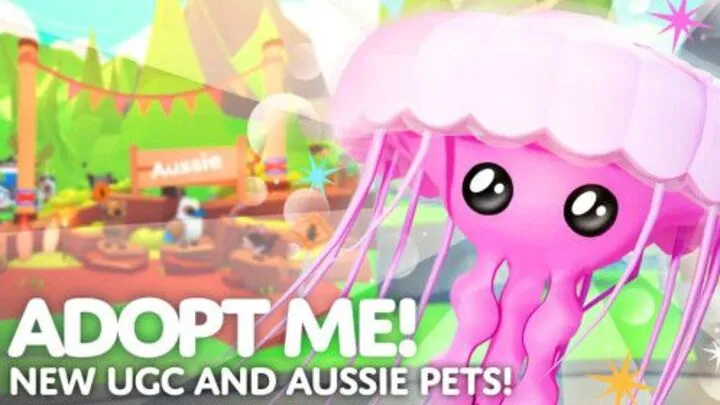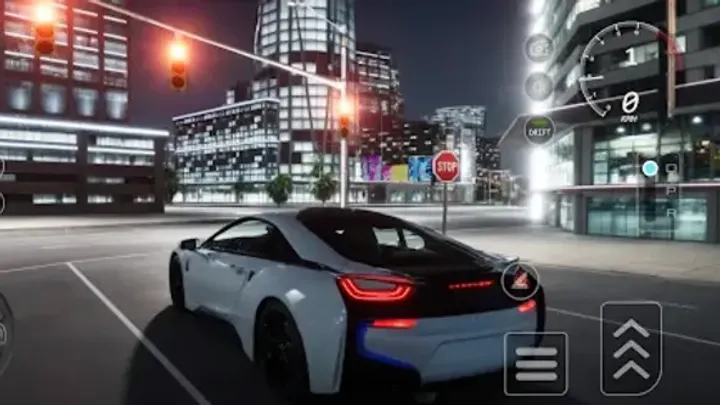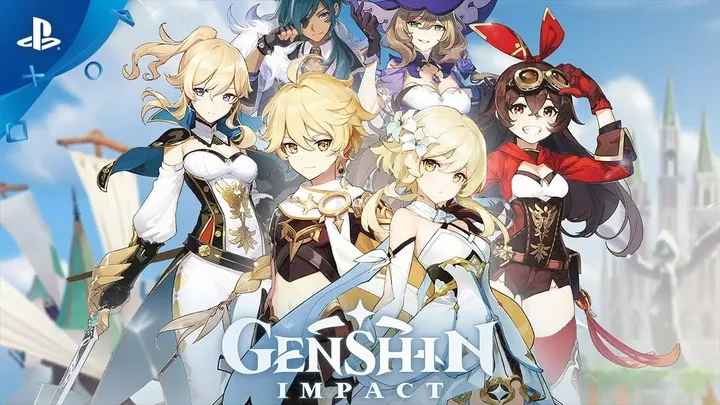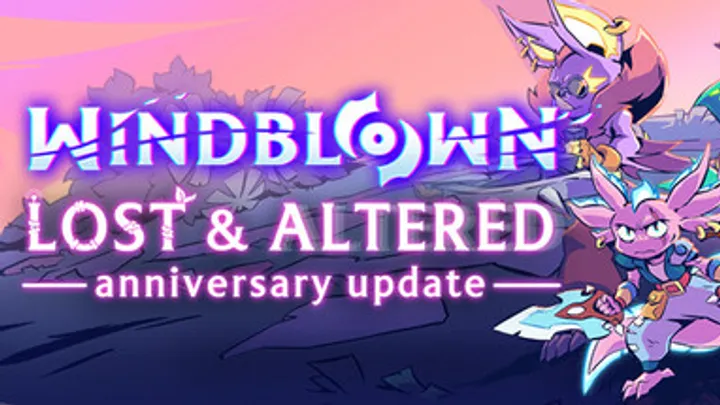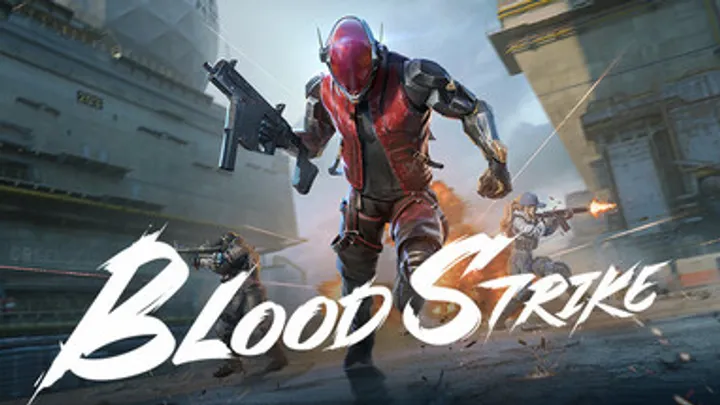Gacha Life, created by Lunime in 2018, became more than a casual character dress-up game. It evolved into a storytelling ecosystem where identity, creativity, and emotion intersected. Beneath its colorful chibi exterior lies a platform that redefined how young players express themselves, blending personal narrative with collective digital culture. This article explores that transformation — from its origins to its psychological, aesthetic, and sociocultural dimensions.
The Genesis of Gacha Life: A Platform Beyond Its Genre
When Gacha Life launched, it was categorized as a casual simulation game. But it lacked the usual win conditions or leaderboards. Instead, its main attraction was customization and creation. The game’s freedom turned players into storytellers rather than competitors.
Traditional gacha games focus on randomized rewards, but Gacha Life subverted this. The gacha mechanic existed, yet it was non-essential and unmonetized. The focus shifted toward design, interaction, and expression. Whether by accident or intention, Lunime built a storytelling sandbox instead of a grind-based economy. Players found themselves less interested in collecting items and more in creating stories.
This shift transformed Gacha Life into a digital stage. It wasn’t about luck or progress; it was about authorship. The game invited anyone, regardless of skill, to create worlds and characters.
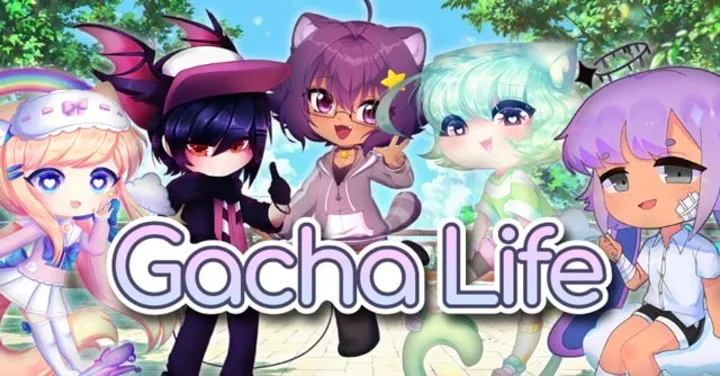
The Architecture of Avatar Identity
The avatar system is Gacha Life’s most profound design element. Each character is built from layers — hairstyles, facial expressions, outfits, accessories, and color schemes. But these aren’t just cosmetic. They act as symbols, forming a visual language of emotion and archetype.
Within this system, players express internal states. A scar or eyepatch might represent trauma. A halo might symbolize virtue. Over time, community conventions formed — blue eyes for purity, glitch effects for corruption, pastel tones for innocence. Gacha Life’s avatars became emotional icons, speaking through style.
Players often projected themselves into these avatars. The game became a tool for identity exploration. Through character creation, users externalized emotions they couldn’t articulate otherwise. This made Gacha Life not just creative software, but an emotional ecosystem — a safe mirror for personal expression.
Studio Mode: The Birthplace of Gacha Cinematics
Studio Mode transformed Gacha Life from a dress-up game into a visual narrative platform. Players could place their characters in backgrounds, assign dialogue, and capture scenes. Though limited in animation, it offered infinite narrative potential.
Creators used screenshots to craft stories, often editing them into videos with external apps. These productions became known as “Gacha animations” — short films mixing static imagery, text, and music. Gacha Life evolved into a storytelling workshop, where young players learned cinematic language intuitively.
The restrictions encouraged creativity. Without movement or voice acting, players used composition and facial expression to convey emotion. Each pose, angle, and prop became a narrative tool. Like early silent film directors, Gacha creators learned to make emotion visible through minimal means.
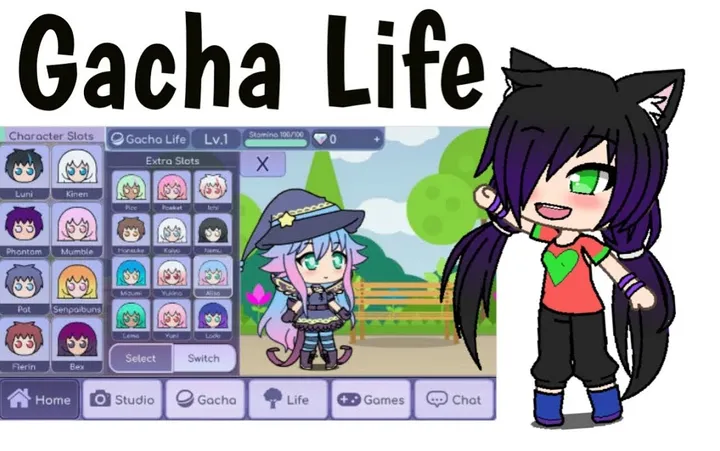
The Rise of the Gacha Storytelling Community
By 2019, YouTube was flooded with Gacha Life videos. Millions of young creators transformed the game into a shared universe of animated dramas, fantasy sagas, romances, and horror stories. It became a culture of participatory filmmaking, made not by studios, but by fans.
Distinct genres emerged. Gacha Horror used supernatural elements to explore fear and loss. Gacha Romance dramatized relationships and heartbreak. “Royalty AUs” (alternate universes) reimagined characters as princes, rebels, or cursed heirs. “Corruption arcs” visualized internal conflict through glitch effects.
This diversity reflected collective authorship. No central authority dictated canon. The stories, tropes, and aesthetics spread through imitation, remixing, and community dialogue. Gacha Life became a living mythology — a collaborative culture authored by millions of small creators.
Moral Frameworks and Community Ethics
As the community expanded, moral debates surfaced. Many creators began exploring dark themes like abuse or death. Others criticized these as inappropriate, especially for younger audiences. From this tension arose a self-regulating ethic within the community.
Players started adding content warnings and creating “clean” versions of their stories. By 2022, the “Gacha Clean Movement” gained traction, encouraging positive and age-appropriate narratives. This was a remarkable form of grassroots moderation — young creators developing media ethics through shared reflection rather than top-down enforcement.
The evolution of these moral frameworks demonstrated maturity within the fanbase. It showed how digital creativity can foster empathy, responsibility, and ethical awareness among its youngest participants.
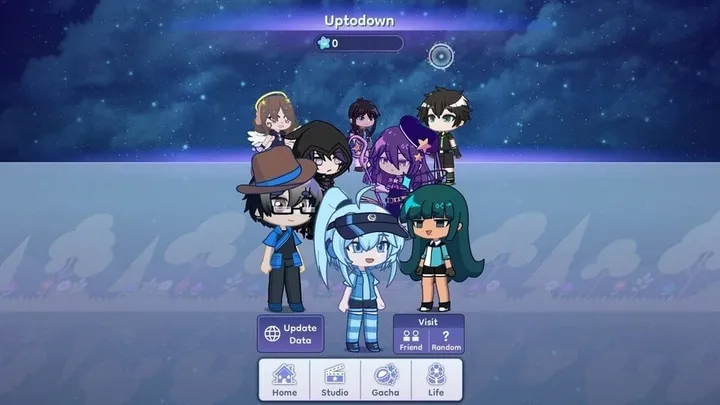
The Psychology of Expression Through Avatars
Behind every Gacha Life character is a psychological process. The game provides a way to explore identity safely, especially during adolescence. Building characters becomes a form of emotional storytelling — a way to visualize feelings and test roles.
Roleplay here serves therapeutic functions. A player might stage a conflict or loss to process their own emotions. The chibi art style, cute and detached, allows heavy themes to be explored with distance. This aesthetic filter transforms raw emotion into manageable art.
Thus, Gacha Life becomes an emotional laboratory. The avatars are not escapist fantasies but symbolic projections of internal struggles. This explains the recurring themes of redemption, friendship, and transformation that dominate Gacha narratives.
Gacha Life and Digital Myth-Making
Over time, the Gacha community began producing recurring archetypes — angels versus demons, cursed twins, chosen heirs, reincarnated souls. These patterns were not dictated by developers but emerged organically from collective imagination.
Such repetition indicates myth-making. Just as ancient myths evolved through oral storytelling, Gacha creators generated modern digital folklore. Each archetype represents shared emotional realities: rebellion against fate, search for belonging, healing after loss.
The result is a digital mythology — not fixed or sacred, but fluid, ever-evolving, shaped by thousands of small voices. It reflects a global generation’s inner world expressed through pixels and pastels.
Technological Mediation and Creative Hybridity
Gacha Life storytelling doesn’t end within the app. Players use editing tools like Kinemaster, CapCut, or Alight Motion to animate, sync music, and add effects. This external workflow turns static scenes into dynamic media.
The process becomes hybrid creation — part game, part film editing, part community collaboration. Gacha Life supplies raw material; external tools add texture; algorithms distribute the final product. The entire system forms a loop of creation, feedback, and adaptation.
This hybridity reveals how modern creativity operates: across platforms, mediated by technology, and shaped by algorithmic influence. YouTube’s recommendations encouraged dramatic tropes and cliffhangers, subtly molding the aesthetics of an entire creative movement.
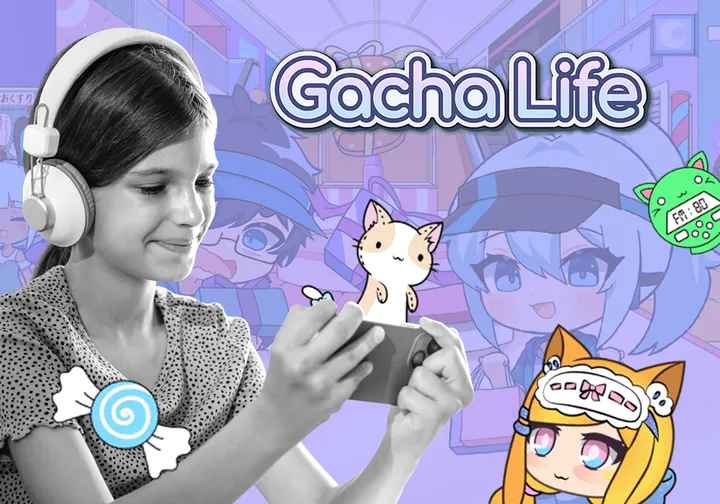
Gacha Life’s Successor and the Evolution of Expression
Lunime’s follow-up title, Gacha Club, built upon Gacha Life’s foundation with more assets, battles, and animation options. Yet, many creators remained loyal to the original. Gacha Life retained a nostalgic simplicity that suited emotional storytelling.
For its community, Gacha Life symbolized an era of raw, personal creativity — before algorithms and polish took over. The older engine, limited but familiar, represented authenticity. Fans even began archiving classic Gacha videos, treating them as cultural heritage.
This preservation shows how digital communities are learning to value their past. Gacha Life’s legacy continues not just through updates, but through memory, nostalgia, and creative continuity.
The Future of Player-Created Narratives
Gacha Life proved that players can be authors, not just consumers. Its framework showed that when users are given expressive tools instead of linear stories, creativity flourishes. This principle is shaping future digital media.
The next step for such ecosystems lies in balance: freedom of expression versus ethical guidance. Gacha Life’s organic self-regulation suggests that communities can evolve their own moral codes. Future games might adopt this participatory model — where the developer sets the tools, and the players define the art.
Ultimately, Gacha Life’s influence extends beyond its app. It revealed the emotional power of participatory storytelling. It turned millions of casual players into artists, editors, and myth-makers. It blurred the lines between gaming, filmmaking, and therapy, offering a glimpse of storytelling’s next frontier.
Conclusion
Gacha Life began as a dress-up game and became a cultural phenomenon. It empowered a generation to express emotion, identity, and imagination through visual narrative. What made it revolutionary wasn’t its graphics or mechanics, but its openness — its ability to become what players needed it to be.
It fostered community, self-expression, and digital folklore in one space. Through avatar design, cinematic creativity, and emotional storytelling, Gacha Life transformed casual play into art. Its story is the story of modern creativity itself: decentralized, participatory, and deeply human.
